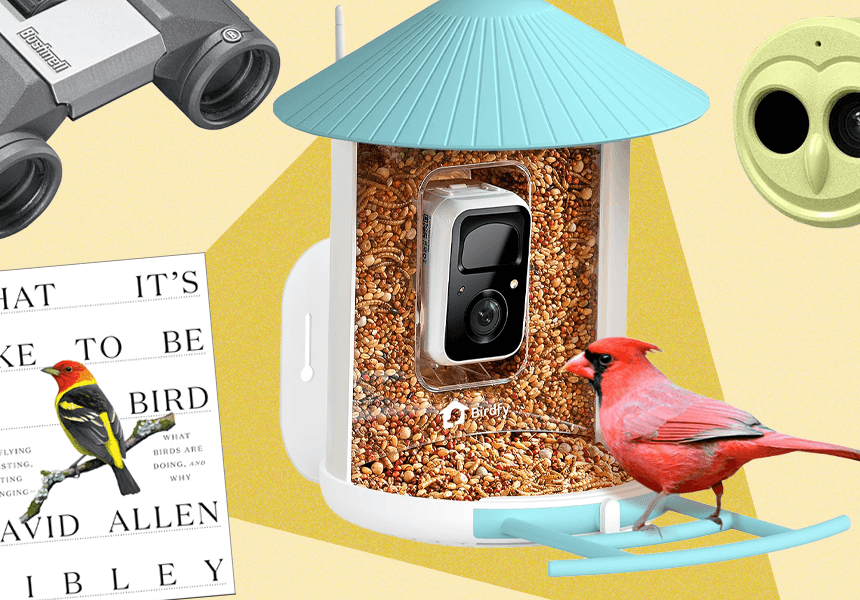So, the evidence is mixed. Now, Prates and his colleagues are arguing we’re not off the hook. Humans and extinct megafauna only shared South America for less than 3,000 years, and it was over 10,000 years ago, so the odds of evidence being preserved are fairly low. At many of those sites, Pleistocene layers—which would include extinct megafauna—are mixed with bones left behind during the Holocene, which skews the numbers in favor of smaller prey and species that survived the end of the Ice Age.
The researchers focused on 20 sites where the timeline was clear, so they could determine what people were doing before 11,600 years ago, when megafauna was still potentially on the menu. And if some researchers were inclined to exonerate humanity because it looked like we didn’t actually kill that much megafauna, Prates and his colleagues’ results suggest otherwise.
“Our results,” write Prates and his colleagues, “put human foragers again at the heart of the debate.”
Pleistocene hunters shopped in bulk
According to the “prey choice model,” a system that researchers use to explore how hunter-gatherers choose what to hunt, megafauna are prime prey. The prey choice model ranks animals based on how many calories they’re likely to provide versus the amount of energy expended in pursuing them (and in lugging the carcass home and carving it up into edible chunks). Giant sloths, giant armadillos, and extinct American horses all consistently rank near the top of that list.
Pleistocene hunters were every bit as intelligent as modern people, and extremely savvy about their own environments, so they were likely making their own versions of prey choice calculations and opting to shop in bulk, as it were.
Surprisingly, modern-day megafauna like guanaco, taruca, and vicuña don’t rank very high on the prey-choice list compared to the megafauna of yesteryear. You can feed a band of hunter-gatherers by hunting taruca, but not as efficiently or well as you can by going after giant sloths. It appears that more recent hunters shifted to these options only once their more statistically optimal choices got too scarce. And that—along with modern conservation efforts—probably helps explain why these species are still around today.
Science Advances, 2025. DOI: 10.1126/sciadv.adx2615 10.1126/sciadv.adx2615; (About DOIs).

